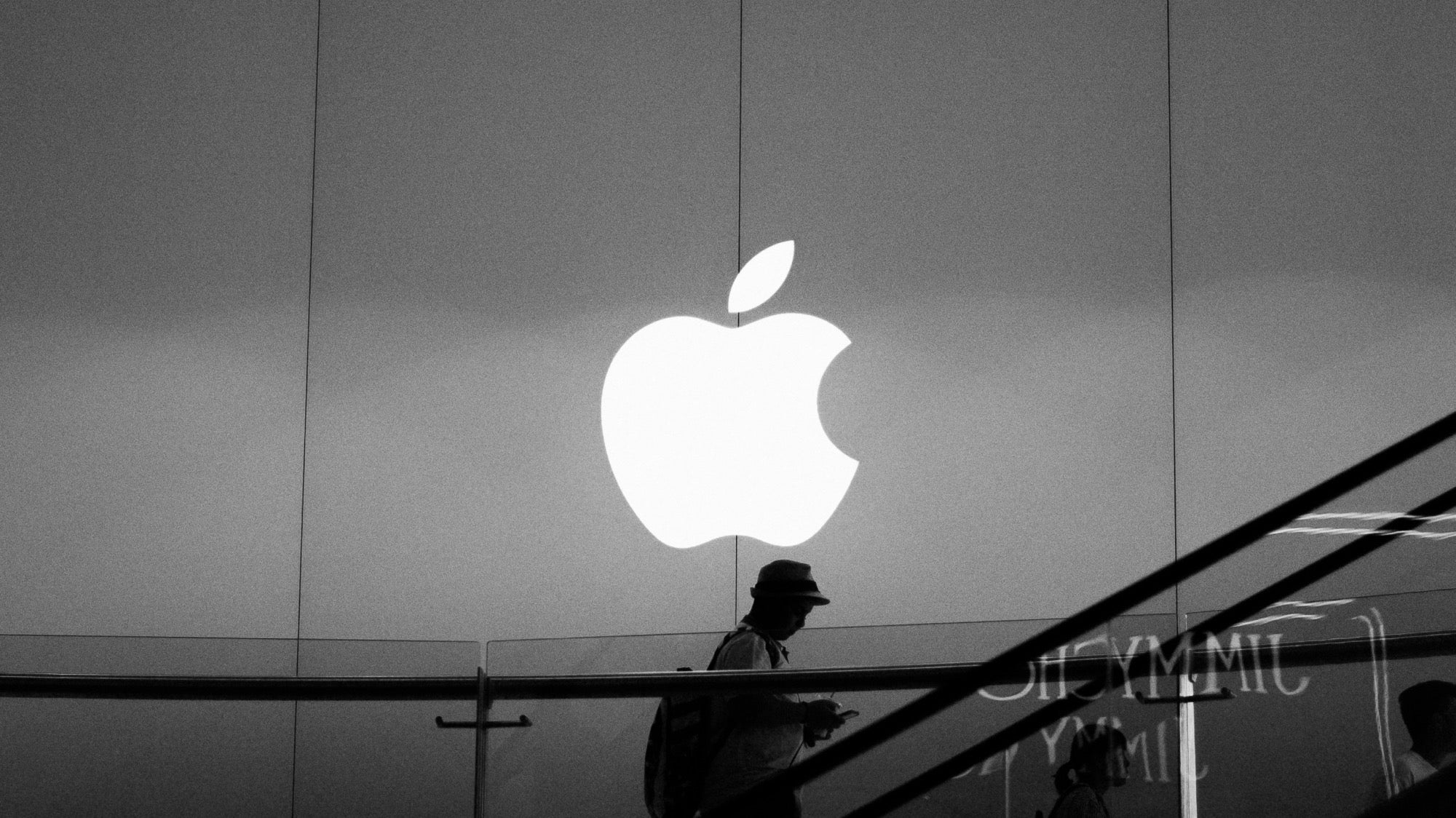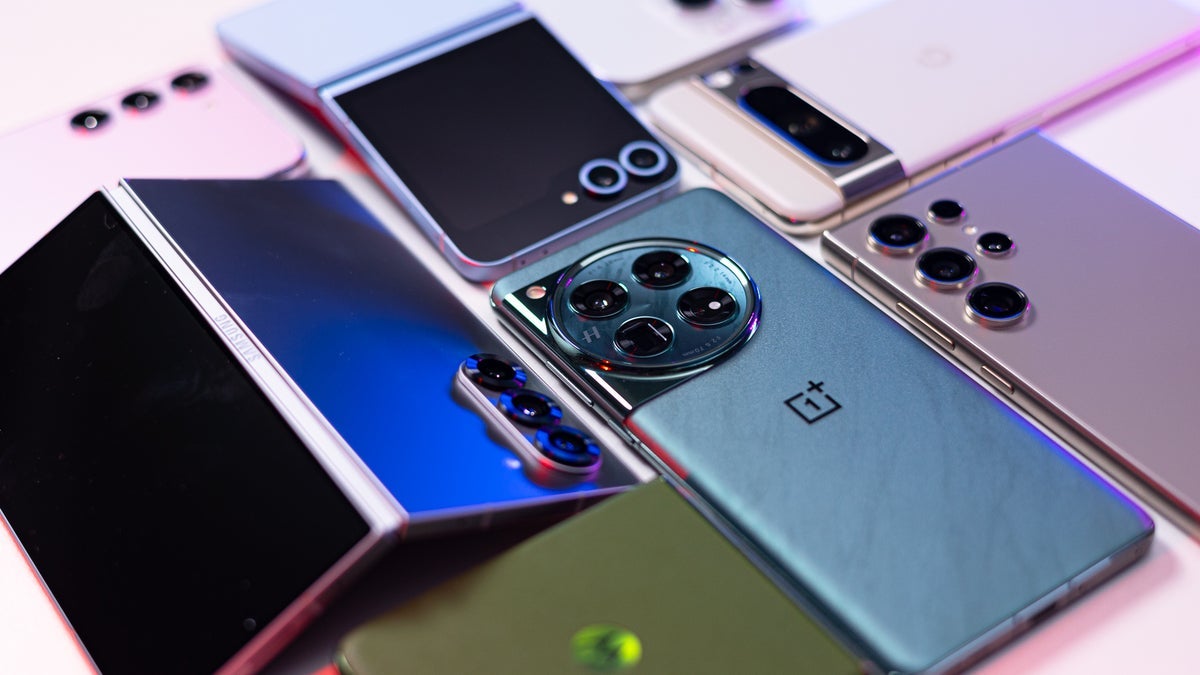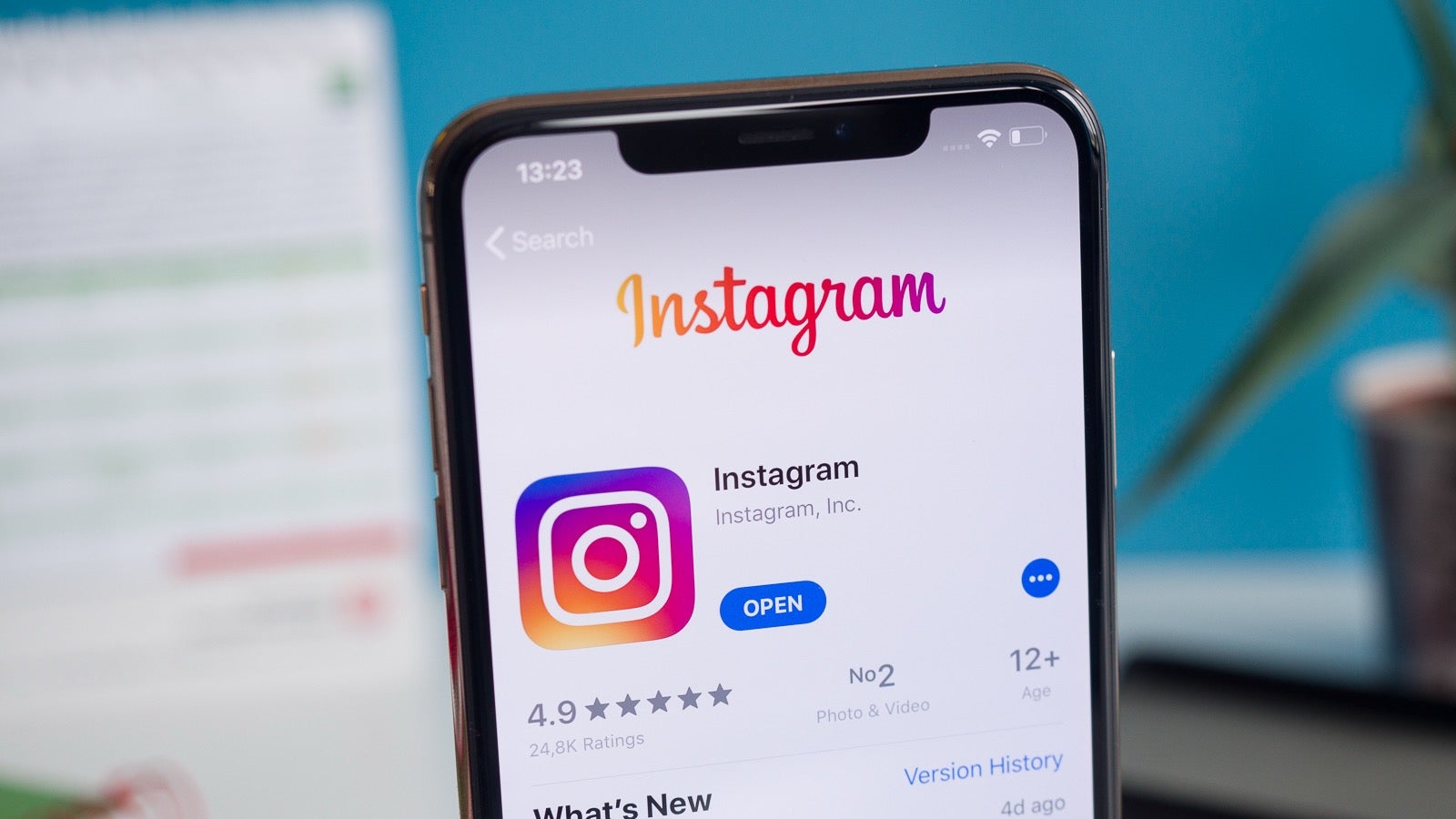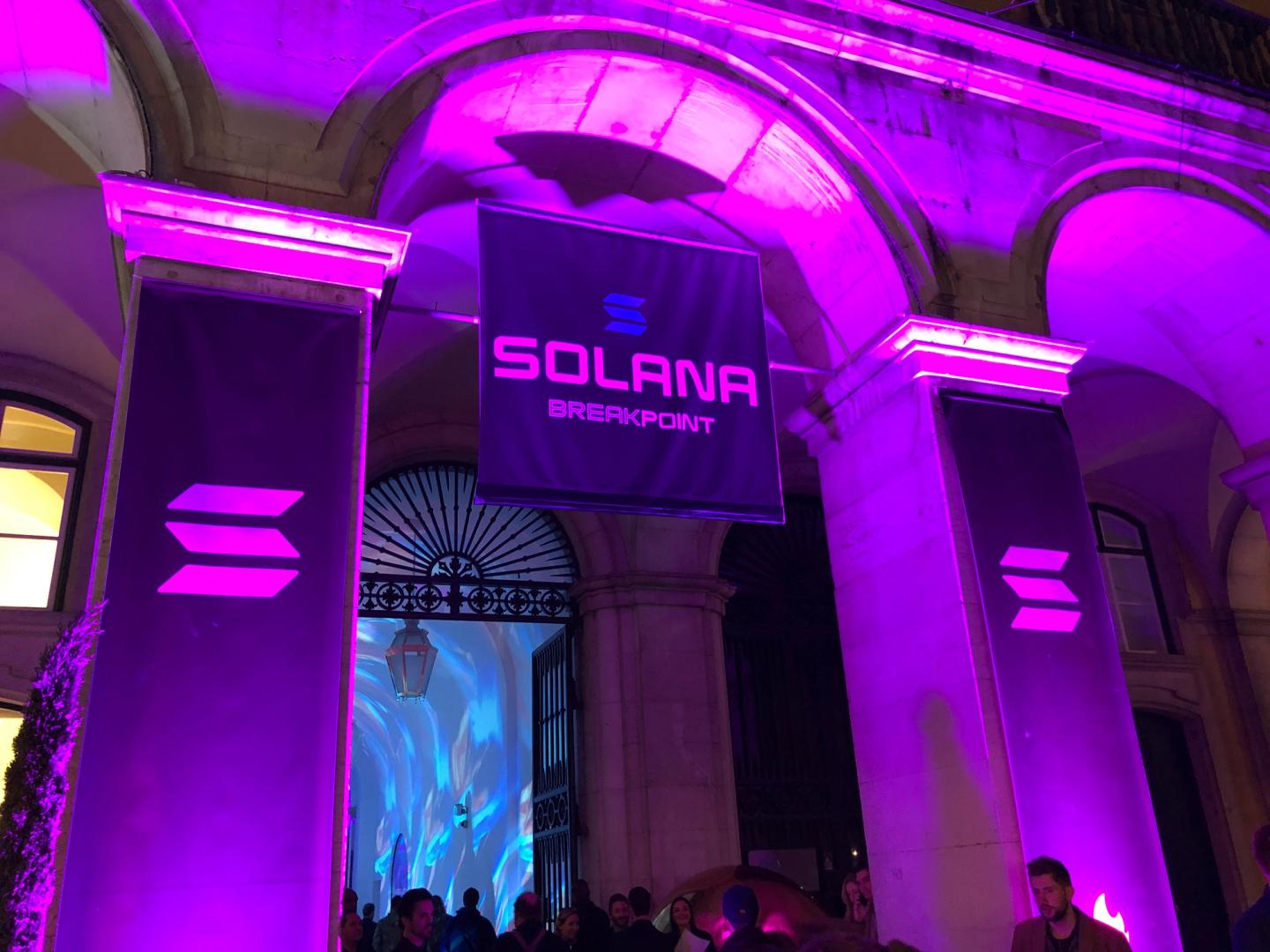Nobel winner David Baker on moving from the ‘lunatic fringe’ to the protein design revolution
University of Washington biochemist David Baker is a hot ticket. Baker, who won the Nobel Prize in chemistry in October, straddles the worlds of academia and entrepreneurship. He leads the UW Medicine’s groundbreaking Institute for Protein Design and has co-founded 21 biotech companies. On Wednesday, he gave the keynote presentation to a packed audience at the Life Science Innovation Northwest conference — and dashed out at the end to catch a flight for dinner with former President Barack Obama. Like we said, hot ticket. At the Seattle conference, Baker addressed the future of using artificial intelligence to create previously nonexistent… Read More


University of Washington biochemist David Baker is a hot ticket. Baker, who won the Nobel Prize in chemistry in October, straddles the worlds of academia and entrepreneurship. He leads the UW Medicine’s groundbreaking Institute for Protein Design and has co-founded 21 biotech companies.
On Wednesday, he gave the keynote presentation to a packed audience at the Life Science Innovation Northwest conference — and dashed out at the end to catch a flight for dinner with former President Barack Obama.
Like we said, hot ticket.
At the Seattle conference, Baker addressed the future of using artificial intelligence to create previously nonexistent proteins with the potential to provide new health care treatments and address environmental damages. He also spoke of challenges, including his deep concerns about the impacts of the Trump administration’s funding cuts on the next generation of scientists.
Read on for other highlights from the conversation, which was moderated by Simone Fishburn, vice president and editor-in-chief of the analytics company BioCentury.
On the evolution of protein design
Baker recalled a time when creating de novo proteins as therapeutics was essentially viewed as “the lunatic fringe.”
Back around 2010, his team pivoted from the idea of “taking naturally occurring proteins and trying to redesign them to do other things. [Instead] we were going to learn how to build proteins completely from scratch,” he said. “I think everyone laughed like, ‘that’s crazy.’
“But now, every day I read something about a new protein design company starting — people I’ve never met — and they always talk about how they’re joining the protein design revolution,” Baker said.
Why this innovation is based in academia
While some expected industry and efforts like Google’s DeepMind to dominate protein design, the innovation is coming from academia.
“Protein design is, how do you make new proteins?” Baker said. “Well, there are a couple of problems there. First of all, you have to actually make them in the lab, which means you have to have a lab, to know how to do an experiment. Second, you have to know what to make. And so you have to have some understanding of biology.”
University researchers in particular had ideas about what problems to go after.
“That high level thinking was very important,” Baker said.
Where is the protein design field headed
Baker highlighted two areas for development. The first is tweaking already understood proteins to optimize their performance for specific health applications.
The second is generating new kinds of therapeutics that perform multiple, complicated functions. That includes proteins that recognize, bind and destroy a target, as well as proteins that act like “machines.” These therapeutics would use other molecules in circulation as tools to help it address an ailment.
“That’s a little bit more futuristic,” Baker said.
On Seattle as a protein design hub
Baker, who grew up in Seattle and was eager to return to the city, recalled frustrating conversations with investment firms that took place in past decades. “We never got anywhere,” he said, “because I always insisted the company be in Seattle. And they said, ‘Oh, we can’t start companies in Seattle.’
“So now it’s completely different,” Baker continued. “When I talk to a VC firm about starting a company, they say, ‘Well, where in Seattle?'”
Now the city “has a higher concentration of really world-class expertise in protein design, in terms of workforce, than anywhere else,” he said. “And so that’s great for companies starting off. The companies also can help each other in many ways.”
The joy of a clouded crystal ball
“What I’ve always said is that I can’t predict the future of science,” Baker said. “I’m very glad I can’t, because it’d be totally boring if I could … I mean, my goal is that at any given point, I just can’t even imagine what we’ll be doing two years later. And I think that’s held up pretty regularly.”








































































































































































![[The AI Show Episode 144]: ChatGPT’s New Memory, Shopify CEO’s Leaked “AI First” Memo, Google Cloud Next Releases, o3 and o4-mini Coming Soon & Llama 4’s Rocky Launch](https://www.marketingaiinstitute.com/hubfs/ep%20144%20cover.png)
















































































































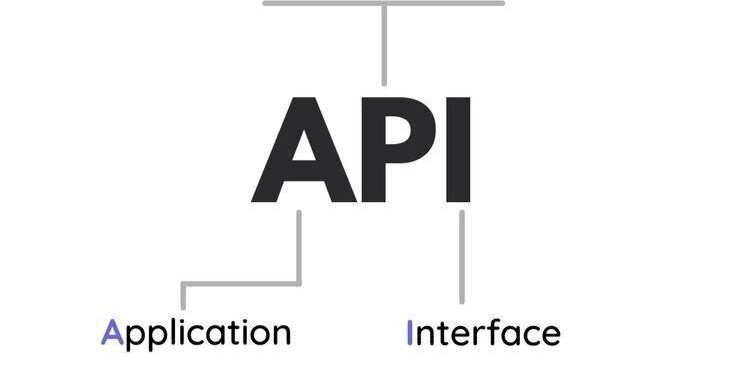








































![Is This Programming Paradigm New? [closed]](https://miro.medium.com/v2/resize:fit:1200/format:webp/1*nKR2930riHA4VC7dLwIuxA.gif)

























































































-Classic-Nintendo-GameCube-games-are-coming-to-Nintendo-Switch-2!-00-00-13.png?width=1920&height=1920&fit=bounds&quality=70&format=jpg&auto=webp#)



























_Olekcii_Mach_Alamy.jpg?width=1280&auto=webp&quality=80&disable=upscale#)
























































































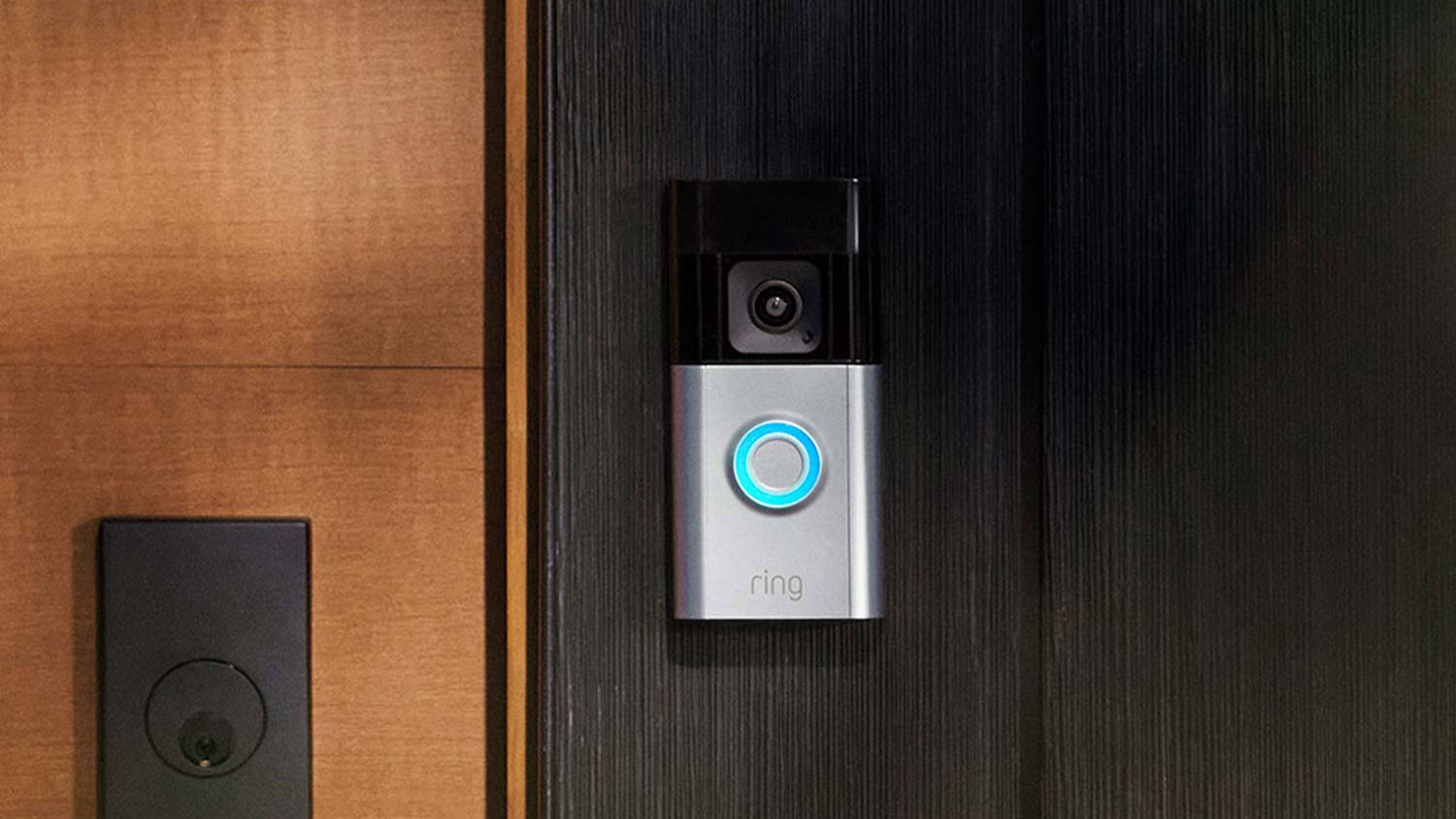



















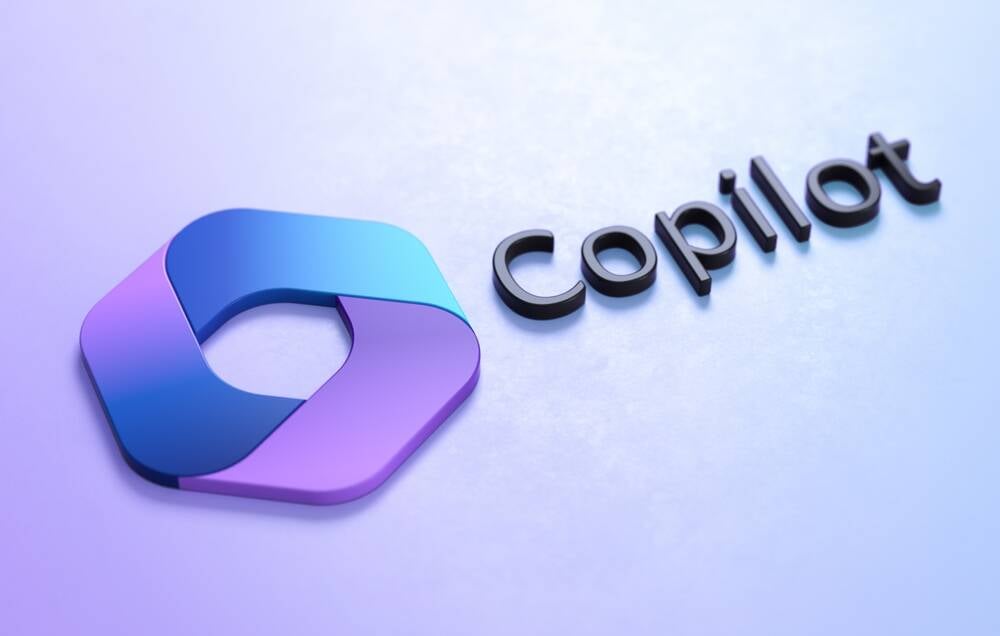

![M4 MacBook Air Drops to New All-Time Low of $912 [Deal]](https://www.iclarified.com/images/news/97108/97108/97108-640.jpg)
![New iPhone 17 Dummy Models Surface in Black and White [Images]](https://www.iclarified.com/images/news/97106/97106/97106-640.jpg)





















































